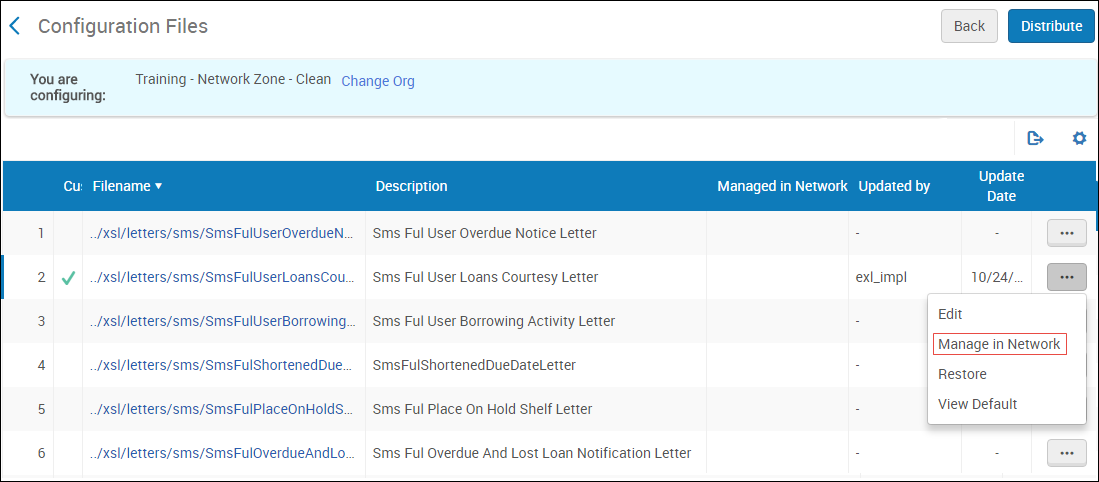Resource Sharing
How does Alma manage and balance requests across member libraries?
Managing the potential suppliers for a request is done in three tiers:
- Each institution defines profiles of target institution rotas*. Each rota is an ordered or non-ordered list of potential suppliers. The rota will be used as a list of targets to request from, one at a time. Different rotas may be used for different purposes. For example, an institution may set up a ‘quick to respond’ rota, an ‘expensive but likely to fulfill’ rota or an ‘e-material experts’ rota. Institutional rules as well as manual operations may be used to attach a specific rota to a specific request.
- The suppliers on a rota are checked to see whether they own relevant holdings. Potential suppliers will be contacted only if they appear to own relevant holdings.
- Within the consortium, a supplier that is an Alma institution will be ranked lower in the rota if the number of requests from the consortium partners has exceeded a defined threshold. This way, an overloaded partner will get fewer new requests directed at it. Calculating an overloaded target is based on Alma being able to collect information from each consortium member with regard to how many requests that institution has open with any target supplier.
In addition, each consortium campus and resource sharing partner using Alma can automatically reject new incoming requests based on how many open incoming requests are currently managed at that institution. If the number is past a defined threshold, requests may be automatically turned down.
* Rota - An ordered list of potential suppliers that are assigned by Alma to a resource sharing request. The rota, sometimes termed also "roster" or “lending string”, is used by Alma to attempt to fulfill a resource sharing request. Alma assigns the request to the first potential supplier on the rota, and then to the next potential supplier on the list whenever the active supplier fails to supply the requested material.
Alma Analytics will allow the institution and the consortium to create decision-making reports such as borrowing request fill time. An example of this is displayed directly below:

Can resource sharing notification templates be managed in the Network Zone?
Notification templates can be managed in the Network Zone and then distributed to member institutions. Note that by default, local changes are not overwritten by the Network Zone.


